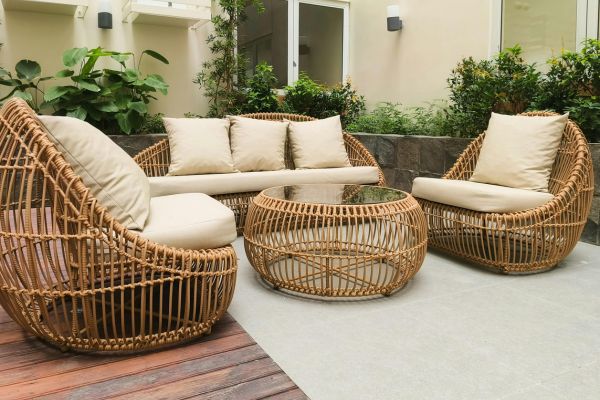Got water from the cellar? Avoid mold and other Issues From happening by using a couple of simple, low-cost measures.
Got Water in the Basement?
A wet basement is much more than a hassle. If your cellar Includes finished living area, any type of moisture may ruin carpets, drywall, as well as framing. Even in case you’ve got a crawl space or merely use your cellar for storage, then a very simple case of condensation may buckle hardwood floors on the degree above and spawn damaging mold.
In case you’ve got a soggy basement, then you are not alone. The American Society of Home Inspectors, located in Des Plaines, IL, estimates 60 percent of U.S. houses have moist climates, and 38 percent run the risk of basement mould.
What causes a Wet Basement?
The water from the cellar most often comes from rain and melting snow. A little storm could activate a deluge. By way of instance, a home with a 1,500-square-foot roof sheds 1,000 gallons of water for each inch of rain. In more demanding cases, the issue is rising groundwater, which might likewise be fed by an underground spring. When the water collects around the base, it works its way inside through cracks, joints, and porous substance.
How Much Does It Cost Waterproof Your Basement?
Employing an expert can cost anywhere from a few hundred dollars to many thousands. However, even when you’re knee-deep in water, then do not call your banker nonetheless. You may solve most wet-basement issues yourself for less than you would pay a specialist.
- Condensation
Also called perspiration, condensation shows as water Droplets, wet spots, or puddles on basement walls and floors. It occurs when moist, hot atmosphere strikes cool base walls or uninsulated cold-water pipes, dampening carpeting, rusting appliances, and turning the cellar clammy. In crawl spaces, condensation promotes wood rot and insect attack, and also may buckle and delaminate plywood.
Have You Got a Condensation Problem?
Condensation is easy to confuse with runoff or subsurface water. To let it from others, tape foil over moist stains and assess it after a single day. If moisture forms on the outside transparency confront, water is condensing in the air. If moisture forms on the transparency bottom, water is leaking in from out.
The Way to Stop Condensation
Begin with the simple stuff. If You’ve Got a Complete basement, air It outside by opening windows and conducting lovers. Also consider installing a toaster (roughly $230 for a heavy duty unit which can process 50 pints in 24 hours), ideally at a place near simple drainage. Some specialists assert that reducing the humidity at a cellar may draw more moisture inside, because moisture naturally migrates from greater humidity levels to lower ones. However, as Chris Carter, of Ever-Dry at Fort Wayne, Indiana, describes,”The dehumidifier may draw 10 to 20 percent moisture, but it could easily process it.” Bottom line: a dryer cellar.
If your home has a crawl space as Opposed to a Complete basement, Cover the floor from the area with vinyl sheeting 6-mil polyethylene is the most durable and liberally overlap seams. You might also need to think about increasing the amount of base vents to encourage air flow that may carry moisture off.


